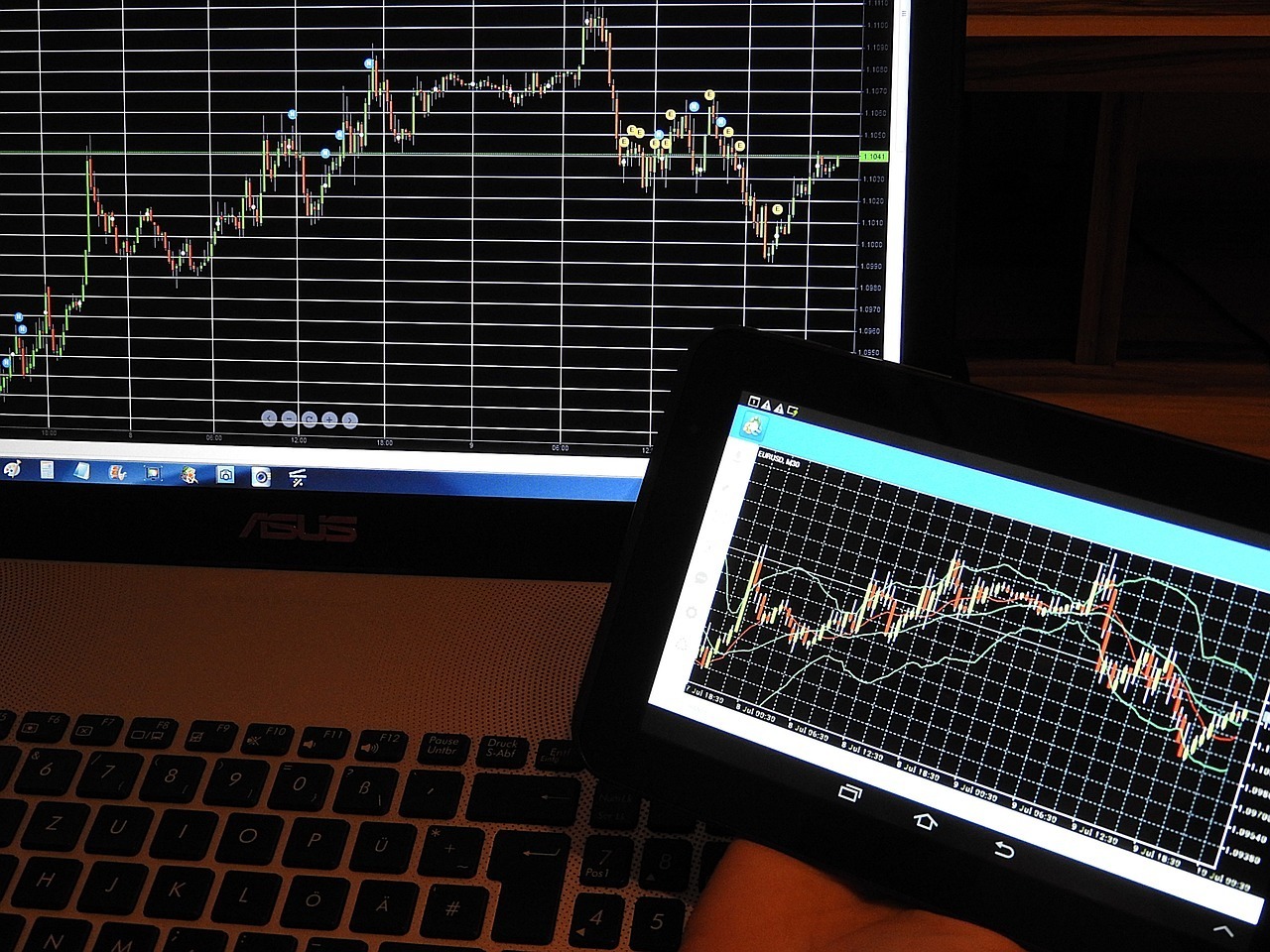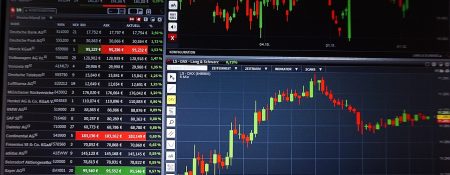
The foreign exchange (forex) market is the largest and most liquid financial market in the world. Traders buy and sell currencies 24 hours a day, 5 days a week. The forex market is primarily driven by economic factors that influence the valuation of currencies. In this article, we will examine some of the key economic factors and how they impact currency prices and forex trading.
For those new to the world of forex, let’s quickly cover the basics – what is forex trading? At its core, forex trading involves speculating on the changes in currency exchange rates. Traders buy and sell currencies through forex brokerages, attempting to profit from up and down fluctuations between currency pairs.
The forex market is highly liquid and fast-moving, with currencies traded 24/5. Some key currency pairs include EUR/USD, USD/JPY, GBP/USD and USD/CHF. Now that we’ve covered the basics of what forex trading entails, let’s examine some of the key economic factors that impact the forex market.
There are several major economic indicators that forex traders keep a close eye on as they can significantly impact currency valuations. These include:
Central banks such as the Federal Reserve, European Central Bank and Bank of Japan have a major influence over forex markets. Their monetary policies involving interest rate decisions, asset purchase programs, and forward guidance on policy outlooks can trigger significant volatility and long-term trends in currency pairs.
For example, if a central bank raises interest rates, the respective currency will likely appreciate in value. Meanwhile, dovish policy with rate cuts tends to weaken the currency. Forex traders closely follow central bank meetings and announcements for trading opportunities.
Major geopolitical events such as elections, referendums, political instability, wars, and reforms can markedly shift currency valuations depending on how markets perceive the developments. For instance, unexpected election outcomes and threats of war may spark sharp volatility.
Forex traders keep up with the latest geopolitical news flow and developments to understand the potential impact on currency markets. Major events can produce trading opportunities to capitalize on the currency fluctuations.
The overall market sentiment or psychology surrounding a currency can drive its price higher or lower. Optimism and positive economic outlook may lift a currency, while pessimism and uncertainty can weigh it down.
For example, the mood towards emerging market currencies tends to shift with changes in the global growth environment. Currencies are often viewed as a barometer of the underlying economy.
In addition to fundamental economic factors, technical price levels, support and resistance, trends, volatility, and volume activity also impact short-term price action. Forex traders utilize technical analysis tools like price charts, indicators, and patterns to inform trading decisions.
Combining fundamental and technical analyses provides insights into the overall supply and demand dynamics in the forex market. Traders look at both approaches to determine high probability trading setups.
There are myriad economic factors – from interest rates and GDP to sentiment and technicals – that drive currency valuations. Fundamentals dictate the overall long-term trends, while technicals identify opportune short-term entry and exit points.
Forex traders aim to keep a pulse on the key economic developments across the globe and utilize both fundamental and technical analyses to make informed trading decisions. Having a sound understanding of the macro drivers and being nimble around impactful events are keys to success in forex trading.



